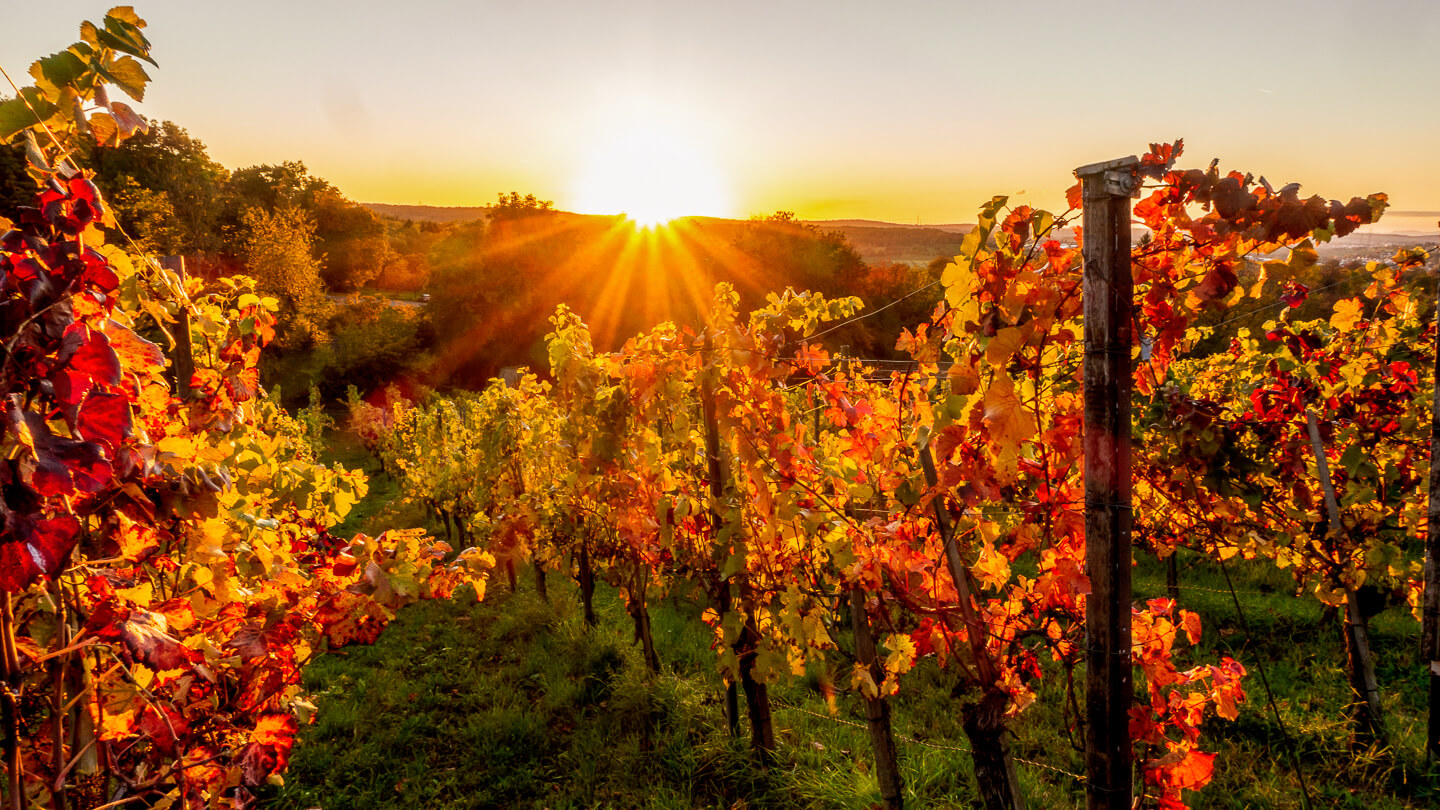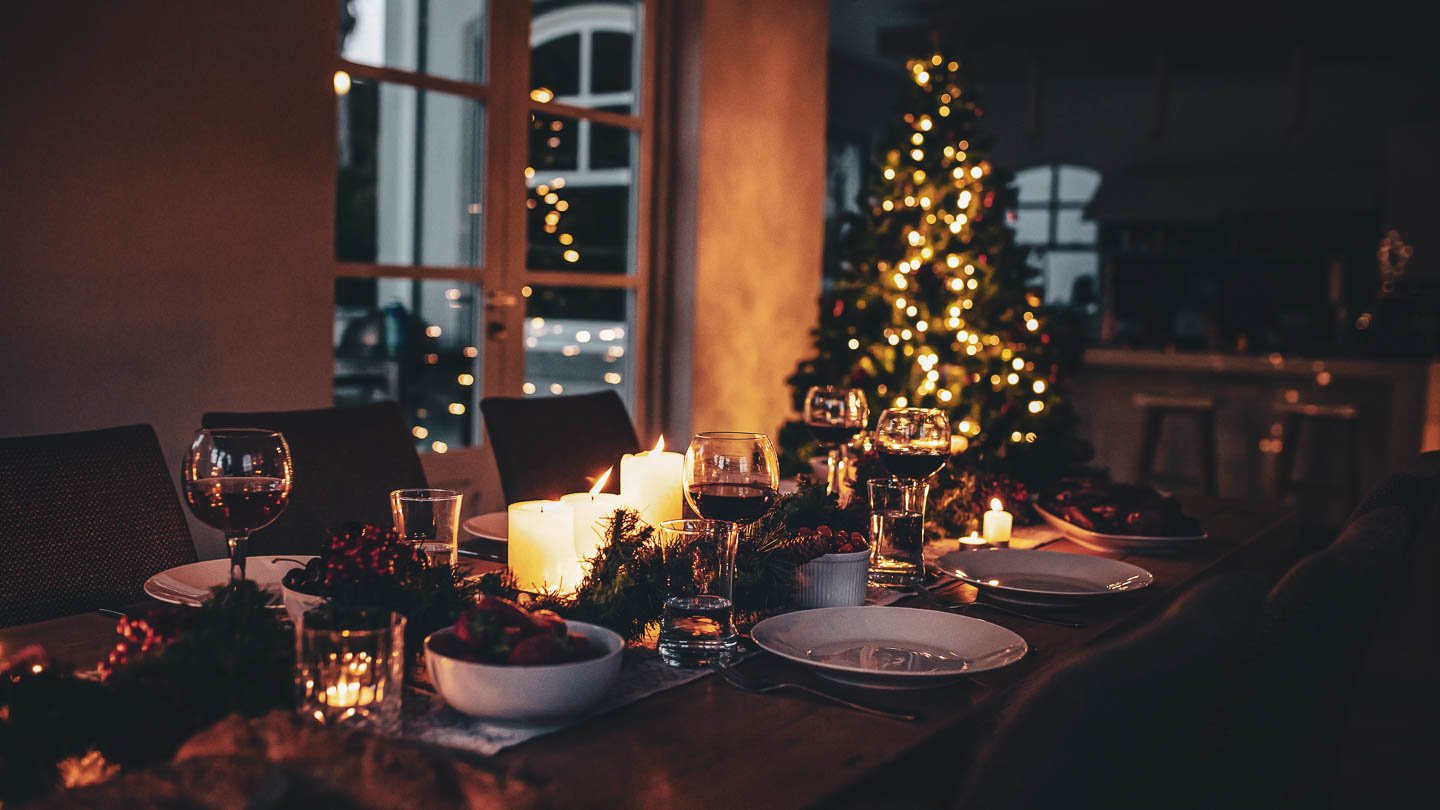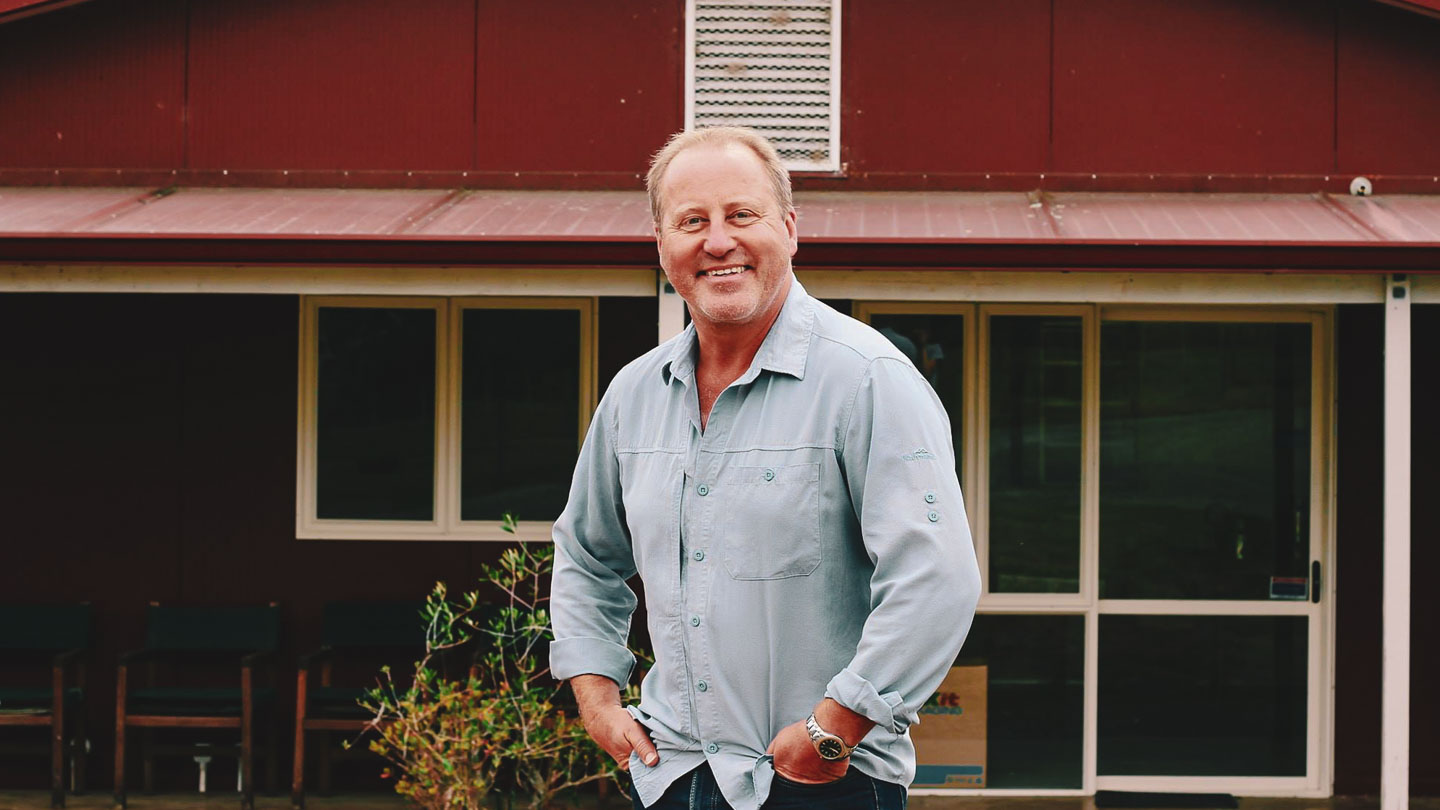Most wines are blended to some degree since the grapes come from different vines, blocks and vineyards. But things get even more interesting when different varieties of grapes are combined. The trick lies in knowing which grapes to blend and why — that’s where our clever winemakers perform their magic.
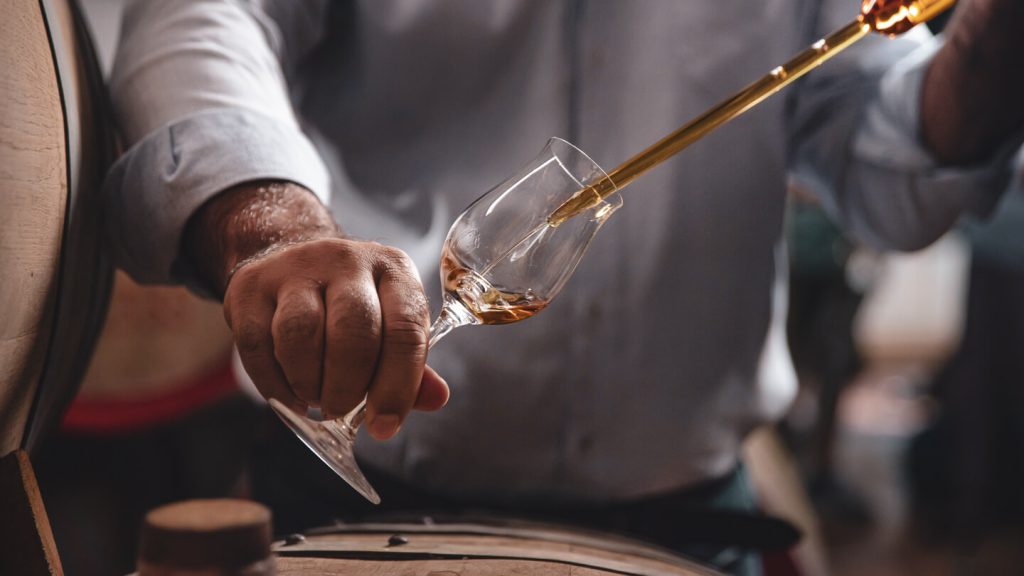
Even when working with a single variety of grapes, winemakers have to deal with fruit from different sources. Not all wineries have the option of creating different labels, so careful blending is required to create a homogeneous wine. That way customers will be able to recognise their favourite wine across different vintages. As Emmanuel David puts it:
“It’s strange that people think blending wines is somehow cheating. It’s all part of the fun of creating a perfect wine. It’s one of the ways we achieve consistency. ”
In Nelson, we are lucky to have three distinct microclimates, each with its own soil types and influences. But that also means the grapes grown in each area have very different characteristics. For example, Sauvignon Blanc grapes grown on the gravelly soils of the Waimea valley are quite different from those grown on Moutere clay. Not only that, thanks to the sun and prevailing breezes, even grapes from different blocks in the same vineyard can vary dramatically. The winemakers’ careful blending of grapes is essential to create a recognisable ‘label’ with the desired qualities.
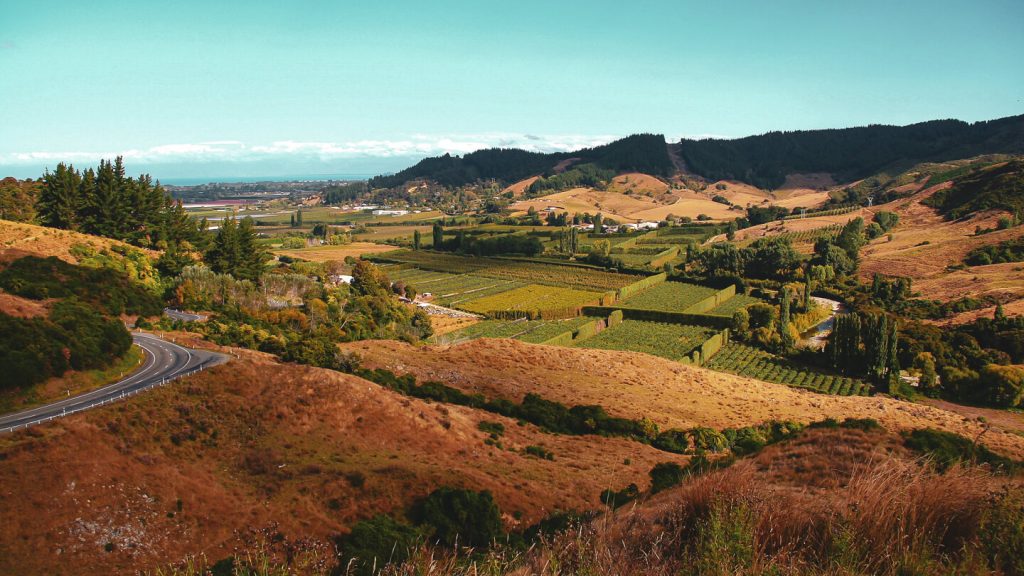
With years of local experience, our winemakers at Kahurangi know pretty much what to expect from our individual growers. But every season throws them a few surprises. In some years the vintage is exceptional enough to put aside the best four barrels to make a special range. After aging and blending, these barrels become our Four Barrels range.
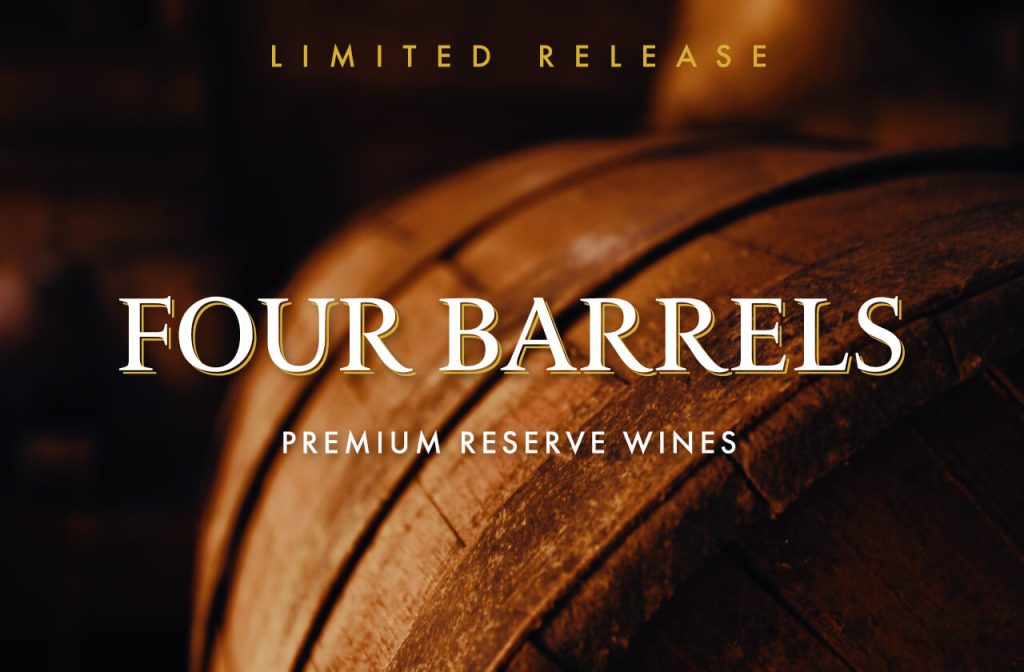
Winemakers also combine different varieties of grapes to create a more balanced and enjoyable wine. Some varieties are just too ‘difficult’ to enjoy on their own. They might be too tannic, or too soft. The art of blending seeks to counterbalance one grape’s weaknesses with another’s strengths.
While blended wines are very much ‘on trend’ in Europe, we Kiwis tend to be a little suspicious. Some people even believe that blended wines are lower quality — that winemakers use them to get rid of their lower quality wine, by hiding it in the blend.
But the real reason we have more single-variety wines in New Zealand is that our wine industry is so new — we are still finding out what works — and many of our grapes stand up well on their own.
What’s more, some of our star-quality wines just don’t play nicely with others. Although Pinot Noir is traditionally blended with Chardonnay to make Champagne, you’ll never find Pinot in a red wine blend. That’s because it tastes terrible! On the other hand, some grape profiles complement each other perfectly, such as Merlot and Cabernet.
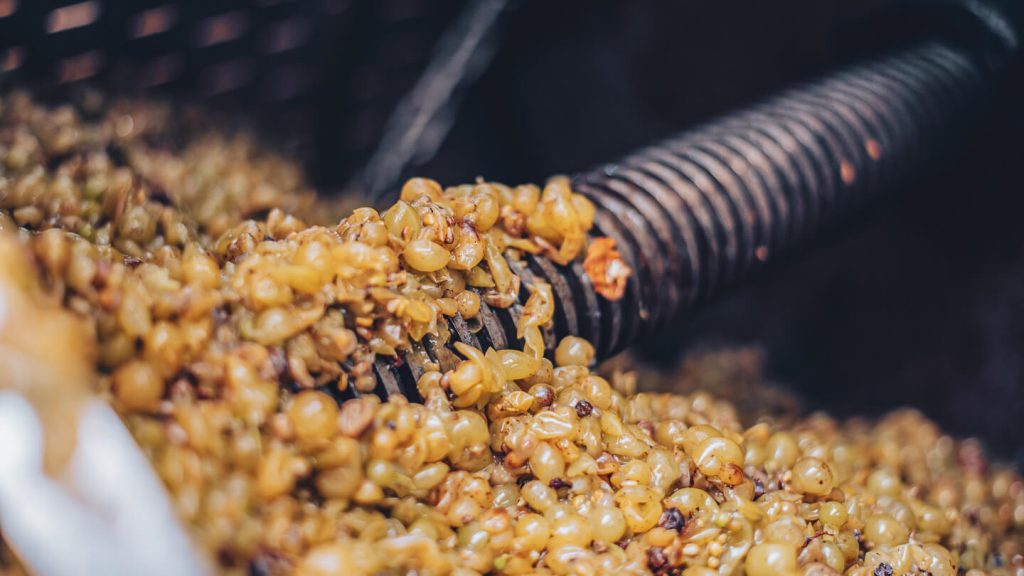
In Aotearoa, winemakers tend to follow European traditions when it comes to deciding which blended wines to produce. And this makes a lot of sense — after all, those countries have been growing grapes for centuries and have trialled all the various combinations. As Emmanuelle says, “they’ve done all the hard work, so why not take advantage?”
Although in some countries Blush isn’t permitted, New Zealand does produce some lovely Blush wines. This pretty blend of red and white wines shouldn’t be confused with Rosé though. Rose is not a blended wine at all, but is made by leaving the juice from red grapes in contact with the skins for a short time.
Creating the perfect blended wine relies on intuition — and that only comes from heaps of experience and a finely-tuned palette. Our winemakers don’t follow a recipe — they just use trial and error, experimenting with different proportions until the wine tastes just right. Sometimes it takes a while for everyone on the team to agree, but that’s all part of the fun.
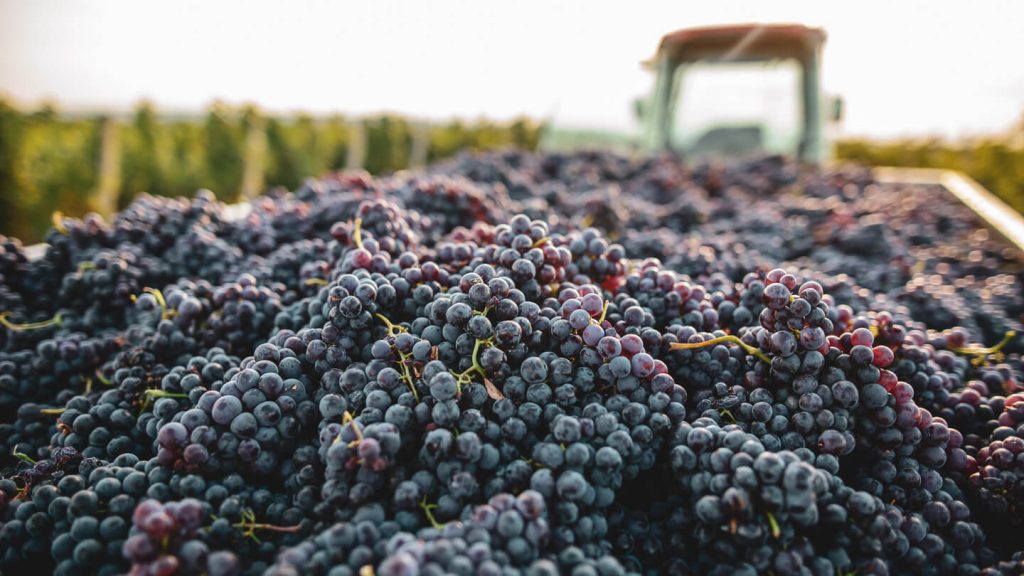
It helps that our winemakers at Kahurangi have plenty of experience with the local vineyards, so they know their ingredients very well. Even then, blending is a subtle art that takes time to perfect.
If you’re wondering whether your wine has been blended, just check the label. The mention of a year is a guarantee that at least 85% of the wine is from that vintage. When it states which vineyard it is from, this is a clear indication of origin purity. If the grape variety isn’t stipulated on the label at all, you can expect that a blend of varieties has been used.
In most cases, if you like the varieties on the label, you should enjoy the wine. But don’t be put off if you see a grape listed that you’ve never tried. Be brave! That grape will have been chosen to add a different dimension to the wine. Who knows? You might discover a new twist to an old favourite.
